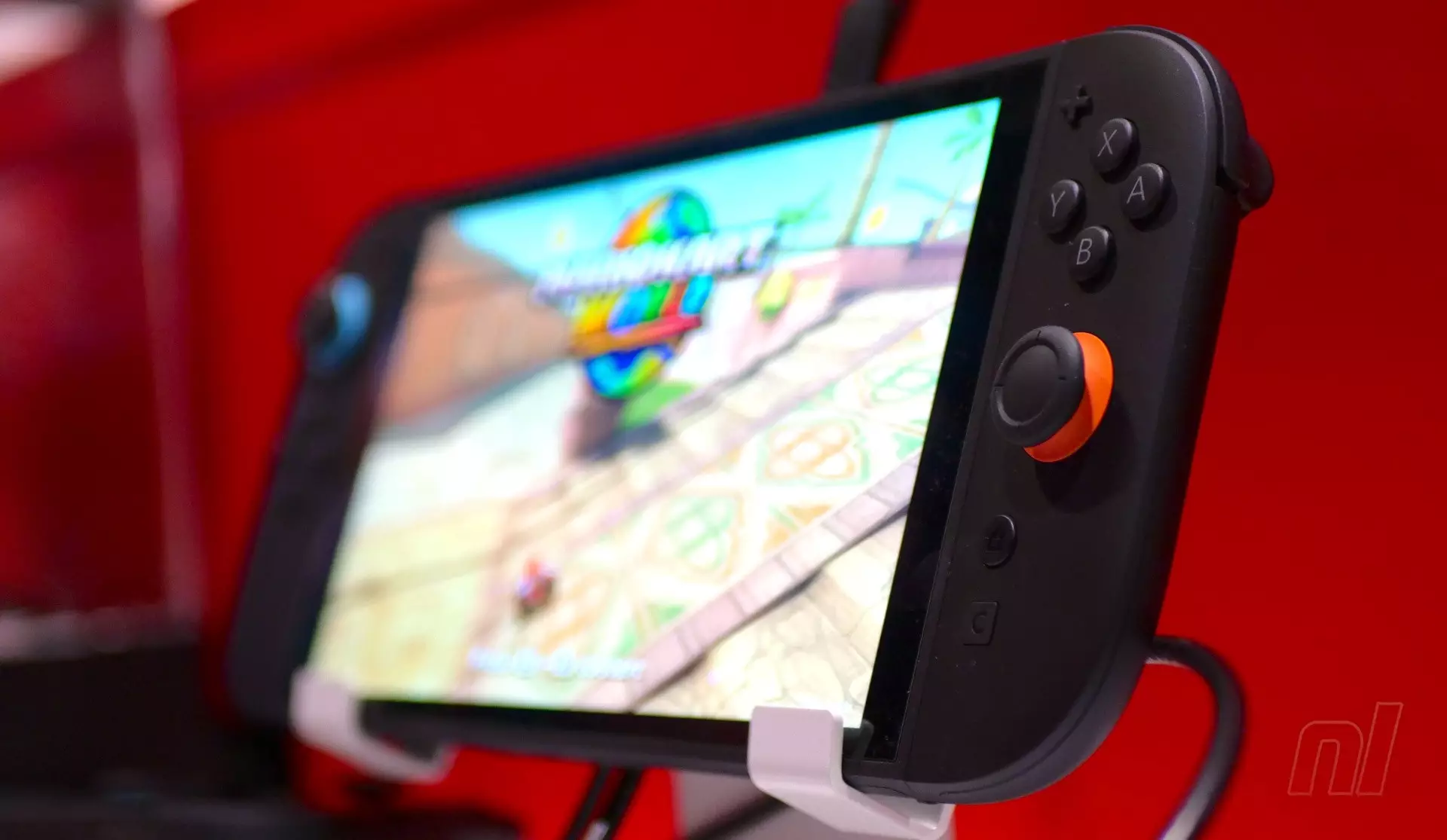The Nintendo Switch 2 enters the gaming scene amidst a swirl of speculation and anticipation, promising more robust performance yet leaving room for debate about its true capabilities. Unlike traditional benchmarks that merely compare raw numbers, a critical evaluation reveals that Nintendo’s latest hybrid console is carving its own niche—balancing innovation with legacy hardware considerations. Developers’ insights paint a nuanced picture: the Switch 2’s GPU offers performance slightly below the Xbox Series S, but with technological enhancements like DLSS support, it transcends simple comparisons. Simultaneously, its CPU positions it closer to the PlayStation 4, drawing attention to the console’s strategic design choices: targeting a balance of power and portability rather than sheer brute force.
What emerges is a device that might not lead in raw power but excels in delivering a versatile experience tailored for a broad audience. This shift suggests Nintendo’s strategic focus isn’t just about beating competitors’ hardware; it’s about redefining what a successful console can achieve through smart technology integration and optimized performance. The rise of DLSS and other proprietary tech indicates a conscious effort to maximize visual fidelity within a portable form factor, a daring feat that could challenge preconceived notions of what handhelds are capable of.
Implications for Game Development and Performance Expectations
The developmental landscape surrounding the Switch 2 appears promising yet complex. Industry insiders, including Koei Tecmo and Firaxis, hint at a console that’s more developer-friendly than initially expected. The assertion that most well-optimized games targeting 60 FPS on the Series S could be ported to Switch 2 comfortably reflects a strategic advantage for game publishers: lower barriers to bringing existing titles to a new platform. However, the reality isn’t just about raw performance; it’s about leveraging the hardware’s strengths to enhance gameplay without overburdening developers.
Linearly, this means titles rich in GPU-bound effects will likely translate more seamlessly, especially considering the Switch 2’s support for advanced technologies like DLSS. Conversely, CPU-bound elements—physics calculations, complex animations, or intense AI—may require extra attention during porting, sparking a new wave of optimization challenges. These nuances reveal Nintendo’s approach to hardware: not necessarily the most powerful in raw numbers but designed to encourage innovative adaptation of existing game engines, fostering a healthy ecosystem that balances performance with creative flexibility.
It’s also important to recognize that the console’s performance inherently aligns with Nintendo’s characteristic hybrid experience—balancing handheld smoothness and docked power in a way that serves diverse gaming scenarios. It challenges developers to think differently about how they craft and port their ideas, encouraging a focus on efficiency and innovative use of available tech. While the notion that the Switch 2 falls close to the Xbox Series S in “raw power” might initially seem underwhelming, it’s a strategic move that could redefine game development paradigms, emphasizing intelligent optimization over raw speed.
Long-Term Outlook: Can the Switch 2 Define a New Generational Standard?
Nvidia’s praise of the Switch 2 as a “technical marvel” signals a significant leap forward—not solely in hardware specs but in the technological vision behind it. This device could set a precedent for hybrid consoles that prioritize adaptability, leveraging advanced graphics technology within an accessible and portable form. As the industry matures, the question isn’t just whether the Switch 2 matches expectations but whether it can sustain its relevance through innovative support and developer adoption.
Furthermore, the improved hardware design opens doors for a more vibrant ecosystem of indie and mid-tier developers, who might previously have been hesitant to support less powerful devices. It might also stir a reevaluation of what constitutes “power” in the gaming landscape—perhaps shifting focus from raw numbers like teraflops to equipment that excels in optimizing visual effects, quick loading times, and portable performance.
In this context, Nintendo’s keen balancing act—merging technological innovation with accessible performance—could transform its console into a truly competitive force, not necessarily by overpowering rivals but by offering a compelling alternative backed by unique features, smarter hardware, and strategic software support. The Switch 2 could prove that revolutionary isn’t always about raw strength; instead, it’s about how technology is harnessed, utilized, and integrated into the everyday gaming experience that truly defines a console’s long-term success.


Leave a Reply